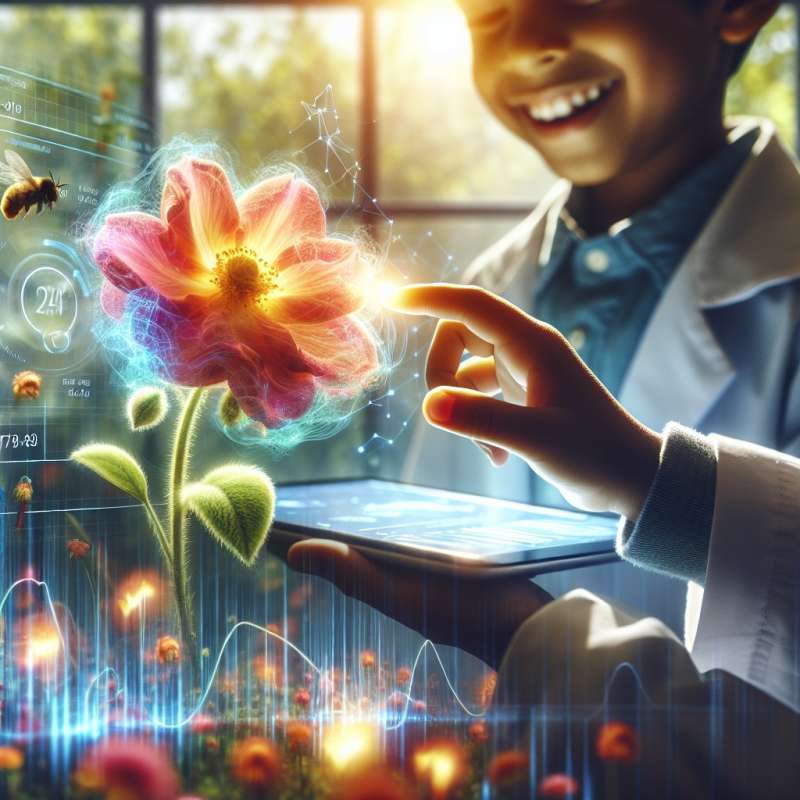
Understanding Sensor Basics
Sensors are devices that detect events or changes in the environment and send the information to other electronics, typically a computer processor.
Pressure Sensors Explained
Pressure sensors measure force per unit area. Variants like piezoelectric sensors generate a voltage when pressure is applied, used in touchscreens and medical devices.
Motion Detection
Motion sensors detect movement using technologies like infrared. PIR sensors are used in security systems and automatically activate lighting when someone enters a room.
Temperature Sensing
Thermocouples measure temperature using the junction of two different metals, which generates a voltage correlated to temperature. Used in HVAC, appliances, and industrial systems.
Optical Sensors Unveiled
Optical sensors detect light and convert it into an electrical signal. They're used in cameras, safety devices, and fiber-optic communication systems for high-speed data transmission.
Chemical Sensor Applications
Chemical sensors detect chemical composition. For instance, electrochemical sensors measure glucose levels in blood for diabetes management and MOS sensors detect gas leaks by changes in resistance.
Sensors in Everyday Life
Modern cars contain over 100 sensors, managing engine operations, safety features, and comfort. This integration of sensors makes vehicles smarter, safer, and more efficient.
What do sensors typically communicate with?
Directly with actuators
A computer processor
Wireless network only
Company